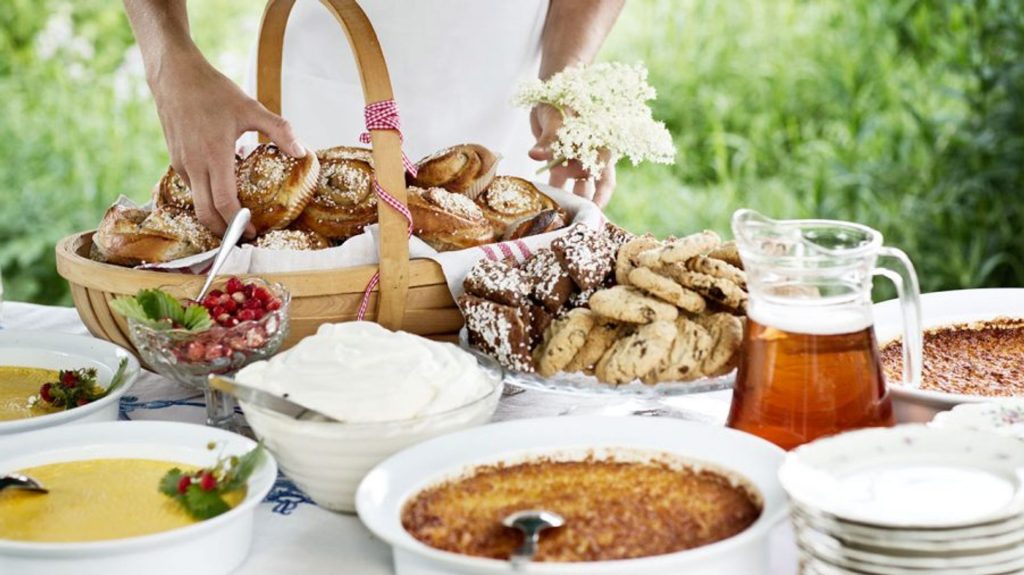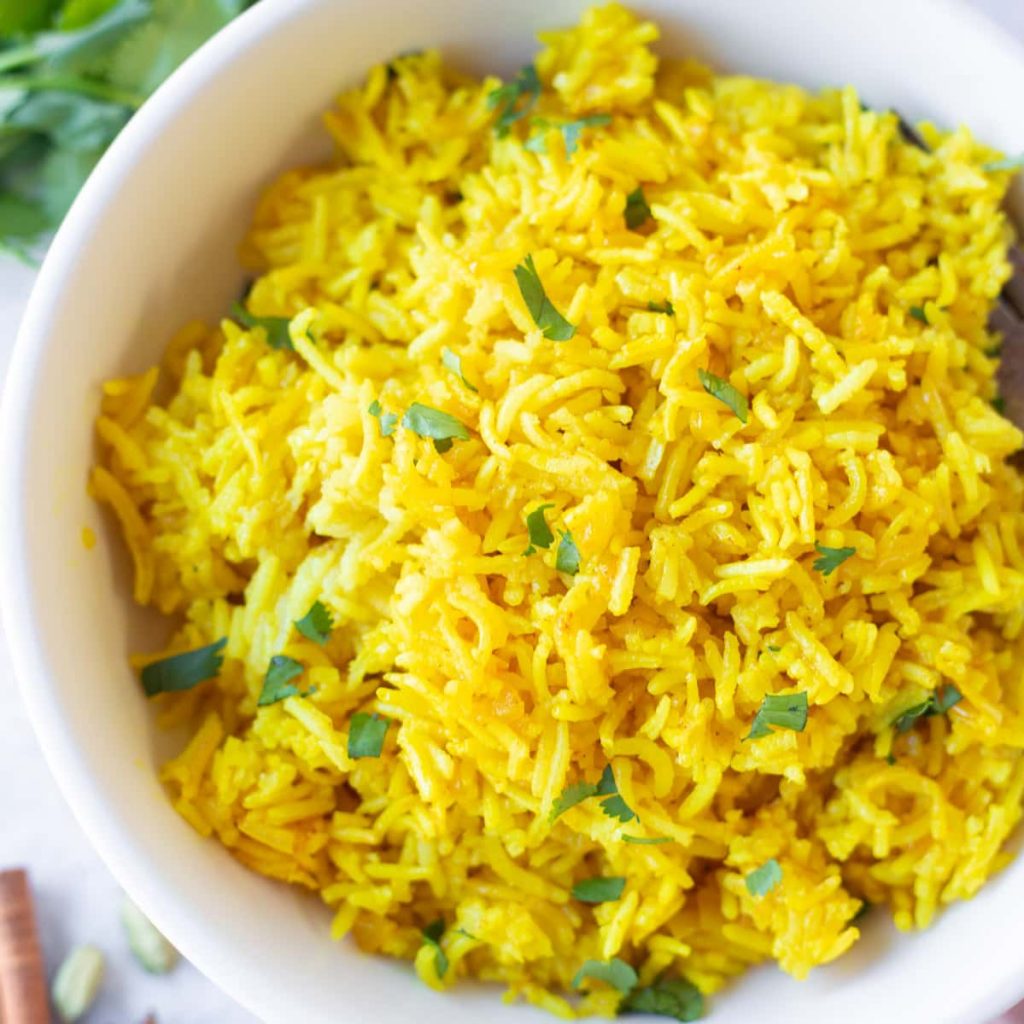Crisp Textures and Bold Flavors Define Gourmet Fusion Plates
Crisp textures and bold flavors are the heart of gourmet fusion cuisine, where culinary traditions collide and collaborate in exciting, unexpected ways. This style of cooking transcends borders, blending elements from different cultures to create dishes that are both innovative and deeply satisfying. What sets fusion plates apart is their fearless approach to combining ingredients, techniques, and presentation styles, delivering meals that surprise the palate while still offering a sense of familiarity. Each bite in a gourmet fusion dish often tells a story of contrast crispy meets tender, spicy plays with sweet, and traditional mingles with contemporary. Think of a tempura-fried taco shell cradling Korean bulgogi beef, drizzled with a Thai chili aioli, or a risotto enriched with coconut milk and kaffir lime, topped with crispy shallots and slivers of tamarind-glazed duck. These combinations aren’t random; they are carefully crafted to balance mouthfeel, aroma, and taste, with chefs often spending countless hours perfecting each element of a dish so it resonates with layers of complexity.

The crispness in fusion cuisine is more than a textural choice it is a deliberate component that elevates the overall sensory experience. Elements like seared edges, fried garnishes, or toasted spices give the dish dimension, punctuating soft or creamy counterparts in a way that keeps the diner engaged from start to finish. A simple potato might be transformed into a delicate rösti and served beneath a rich lemongrass cream sauce, bringing contrasting sensations that make the dish memorable. Each element on the plate works in harmony, smakjakten even when drawing inspiration from wildly different cuisines. Bold flavors are equally crucial in the fusion approach. Chefs lean into the use of assertive ingredients like miso, wasabi, tamarind, gochujang, harissa, and sumac each bringing a unique intensity that complements rather than competes. These ingredients are not just accents; they are often core parts of the dish that reflect the chef’s willingness to step beyond conventional pairings.
For instance, the smoky umami of chipotle may mingle with the brightness of yuzu, creating a sauce that elevates everything from grilled seafood to delicate vegetables. Boldness, in this context, doesn’t equate to overpowering it means confident, pronounced flavor decisions that respect each ingredient’s identity while building toward a cohesive whole. Presentation also plays a key role in gourmet fusion plates. Dishes are often plated with an artistic sensibility, highlighting not only the contrast in taste and texture but also in color and form. A dish might juxtapose the rustic feel of charred flatbread with the vibrant refinement of microgreens and edible petals. The plate becomes a canvas, where the visual appeal matches the daring nature of the recipe itself. Ultimately, fusion cuisine is a celebration of possibility. It invites curiosity and rewards the adventurous diner. By embracing diversity and creativity, gourmet fusion plates redefine what food can be crisp, bold, beautiful, and entirely unforgettable.




